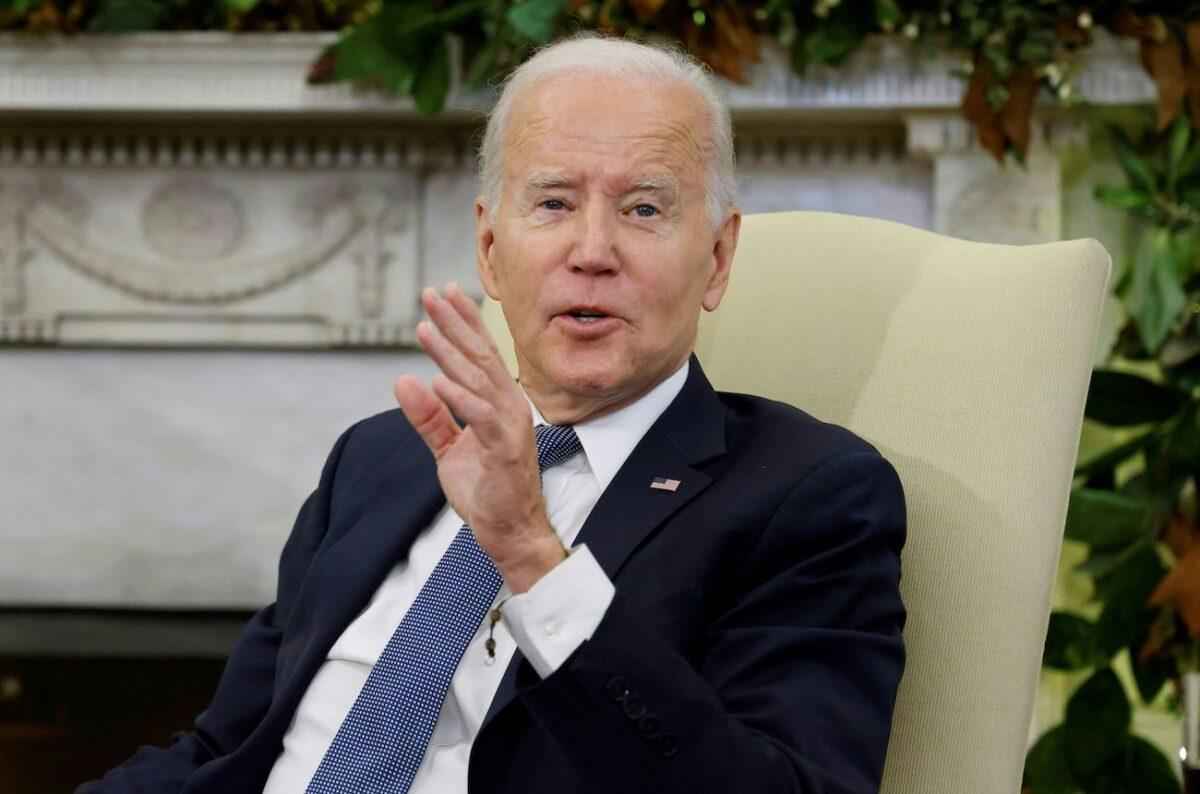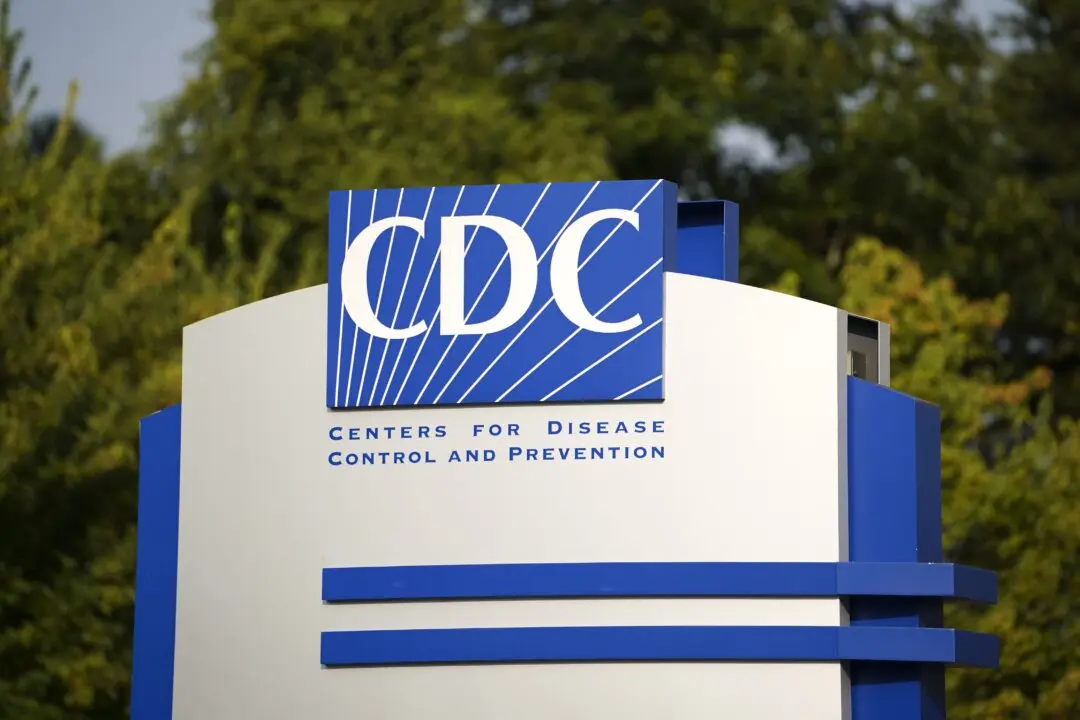The U.S. Postal Service (USPS) will spend $9.6 billion to electrify its entire fleet by 2026, the agency announced on Dec. 20.
The plan includes the purchase of 60,000 delivery vehicles from Wisconsin-based Oshkosh Defense, a military vehicle manufacturer. Of that number, 45,000 will be electric. USPS officials said that the agency will buy 21,000 additional vehicles from other manufacturers and no longer purchase gas-powered delivery trucks after 2026.

The $9.6 billion investment includes $3 billion in funding from the Inflation Reduction Act, which President Joe Biden signed into law earlier this year.
The U.S. government operates the world’s largest vehicle fleet. USPS has the government’s largest vehicle fleet with more than 220,000, one-third of the overall number.
Of the $3 billion in Inflation Reduction Act funds, $1.3 billion will be used for purchasing electric delivery vehicles and $1.7 billion for charging infrastructure.
“The U.S. Postal Service plan sets the pace for other leading public and private sector fleets. It is clear that the future of transportation is electric—and that future is here,” Council on Environmental Quality Chair Brenda Mallory said in a statement.
“As electric mail trucks hit routes across the country, neighborhoods will see cleaner air, better health, and good-paying clean energy jobs.”
Congressional Testimony
The goal includes accomplishing a 65 percent reduction in greenhouse gas emissions by 2030 and creating an all-electric fleet of vehicles by 2035.The White House and the Environmental Protection Agency criticized the USPS when Postmaster General Louis DeJoy announced a plan in February to purchase 165,000 next-generation mail trucks, including 10 percent that were electric. The remaining 90 percent of the trucks were scheduled to be gas-powered but designed to be converted to electric in the future.
“We will continue to pursue the acquisition of additional BEV [battery electric vehicles] as additional funding—from either internal or congressional sources—becomes available,” DeJoy said in a statement at the time. “But the process needs to keep moving forward.”
DeJoy initially introduced the next-generation mail truck in February 2021. In congressional testimony last year, he was asked why 90 percent of the vehicles would be gas-powered instead of electric.
The USPS doesn’t “have the 3 or 4 extra billion [dollars] in our plan right now that it would take to do it,” he responded.
Climate advocates said that DeJoy, who was appointed by the USPS Board of Governors during the Trump administration and is a longtime Republican donor, was intentionally derailing Biden’s carbon-neutral objective.
Environmental groups and 16 states that wanted to electrify the USPS fleet filed lawsuits to prevent the plan, asking for a more detailed environmental review.
Public Pressure
“Louis DeJoy’s gas-guzzling fleet guarantees decades of pollution with every postcard and package,” Scott Hochberg, an attorney representing the Center for Biological Diversity, said after the lawsuits were filed.In July, the USPS adjusted its plan and said that 40 percent of the new delivery trucks would be electric. DeJoy said that additional funding from Congress was needed to increase the percentage of electric battery-powered vehicles.
“Public pressure works, and today’s announcement from the Postal Service is proof of that,” Katherine Garcia, director of the Sierra Club’s Clean Transportation for All campaign, said in a statement after the July announcement.
“Still, making only half of its delivery fleet electric does not go far enough to address climate change or improve air quality in neighborhoods across the nation.”
Money from the Inflation Reduction Act will allow the USPS to implement its new plan, according to DeJoy.
“The $3 billion provided by Congress has significantly reduced the risk associated with accelerating the implementation of a nationwide infrastructure necessary to electrify our delivery fleet,” DeJoy said in a statement on Dec. 20.
“We have a statutory requirement to deliver mail and packages to 163 million addresses six days per week and to cover our costs in doing so—that is our mission.
“As I have said in the past, if we can achieve those objectives in a more environmentally responsible way, we will do so.”





